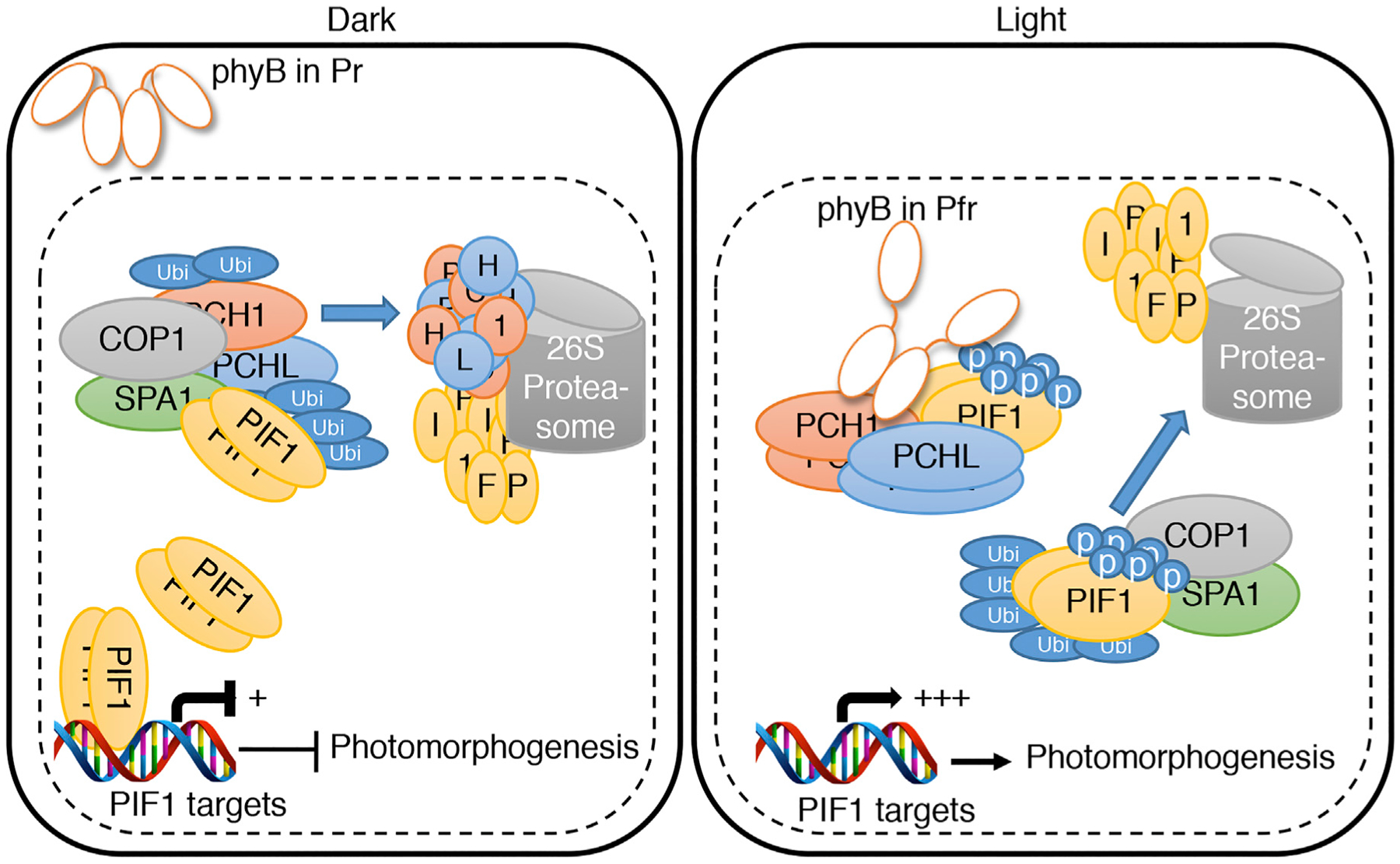Figure 7. A Proposed Model Showing PCH1- and PCHL-Mediated Regulation of Photomorphogenesis.

. (Left) In the dark, the biologically inactive Pr form of phytochrome is localized in the cytosol. The nuclear-localized PIF1 homodimers bind to the promoter region of light-regulated target genes and repress their expression to prevent photomorphogenesis. On the other hand, PCH1 and PCHL interact with PIF1 and negatively regulate PIF1 level and its downstream target gene expression. (Right) Upon light exposure, the biologically active Pfr form of phytochrome translocates into nucleus and interacts with PCH1 and PCHL. This interaction enables Pfr phyB to further interact with PIF1 and thus triggers the rapid light-induced phosphorylation of PIF1. The phosphorylated form of PIF1 is then recruited to the COP1–SPA1 complex for rapid ubiquitination and subsequent degradation through the 26S proteasome pathway. The destruction of the negative regulator, PIF1, derepresses the light-regulated gene expression and thereby promotes photomorphogenesis.
